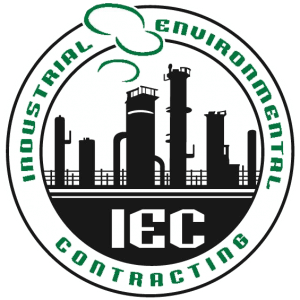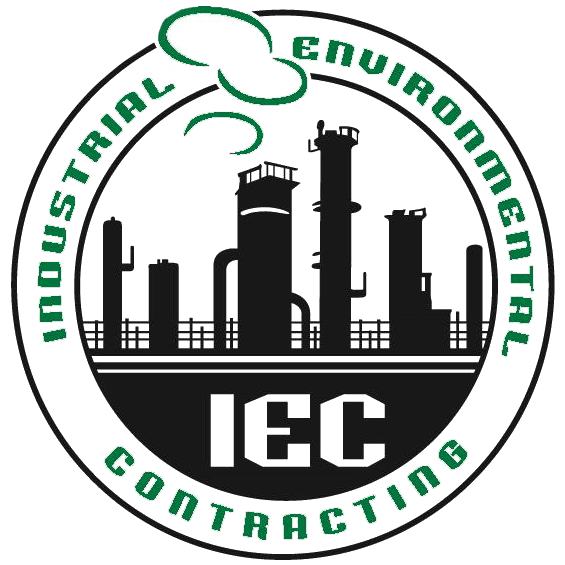
Chemical Handling
Back in 1984, a hazardous waste disaster occurred in India which killed or severely injured more than 2000 people. The U.S. Environmental Protection Agency responded to public concerns over environmental and safety hazards from toxic chemical storing or chemical handling.
The Emergency Planning and Community Right-to-Know Act (EPCRA) was passed in 1986 in response to concerns regarding the environmental and safety hazards posed by toxic chemical storing or chemical handling. These concerns were triggered by the 1984 disaster in Bhopal, India, caused by an accidental release of methylisocyanate. The release killed or severely injured more than 2000 people.
To reduce the risk of this type of disaster in the U.S., Congress imposed requirements for federal, state and local governments, tribes, and industry. These requirements covered emergency planning and “Community Right-to-Know” reporting on hazardous and toxic chemical handling.
The Community Right-to-Know provisions help increase the public’s knowledge and access to information on chemicals at individual facilities, their uses, and releases into the environment. States and communities, working with facilities, can use the information to improve chemical handling safety and protect public health and the environment.
Sections 301 to 303. Emergency Planning – Local governments are required to prepare chemical emergency response plans, and to review plans at least annually. State governments are required to oversee and coordinate local planning efforts. Facilities that maintain Extremely Hazardous Substances (EHS) on-site in quantities greater than corresponding threshold planning quantities must cooperate in emergency plan preparation.
Section 304. Emergency Notification – Facilities must immediately report accidental releases of EHSs and “hazardous substances” defined under the Comprehensive Environmental Response, Compensation, and Liability Act (CERCLA). Any releases of these substances in quantities greater than their corresponding Reportable Quantities (RQs) must be reported to state and local officials. See also Continuous Release Reporting.
Sections 311 and 312. Community Right-to-Know Requirements – Facilities handling or storing any hazardous chemicals must submit Material Safety Data Sheets (MSDSs) (or Safety Data Sheets, SDSs) to state and local officials and local fire departments. Hazardous chemicals are defined under the Occupational Safety and Health Act and its implementing regulations. MSDSs (or SDSs) describe the properties and health effects of these chemicals. Facilities must also submit an inventory form for these chemicals, to state and local officials and local fire departments.
Section 313. Toxics Release Inventory (TRI) – Facilities must complete and submit a toxic chemical release inventory form (Form R) annually. Form R must be submitted for each of the over 600 TRI chemicals that are manufactured or otherwise used above the applicable threshold quantities.
Section 322. Trade Secrets – Facilities are allowed to withhold the specific chemical identity from the reports filed under sections 303, 311, 312 and 313 of EPCRA if the facilities submit a claim with substantiation to EPA.
IEC has spent years helping industrial manufacturers with chemical handling. For more information, contact us today to learn more about our services, or if you have an emergency you can call our 24-hour emergency response line.

